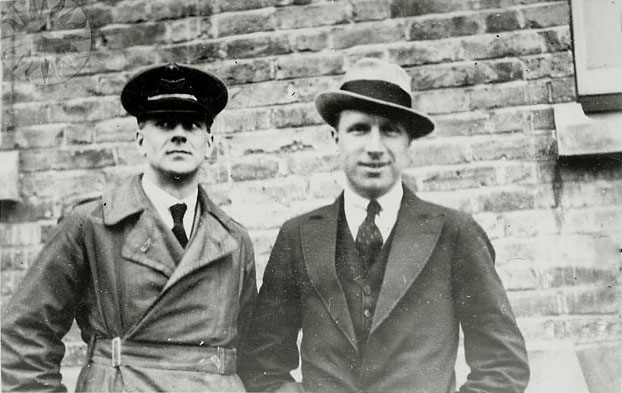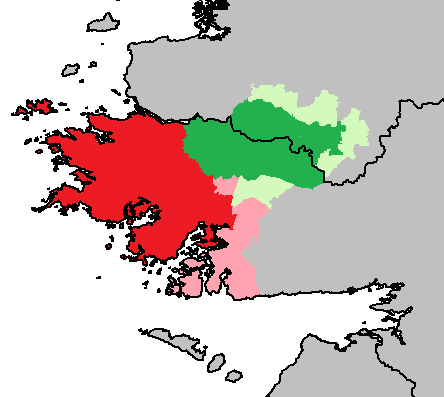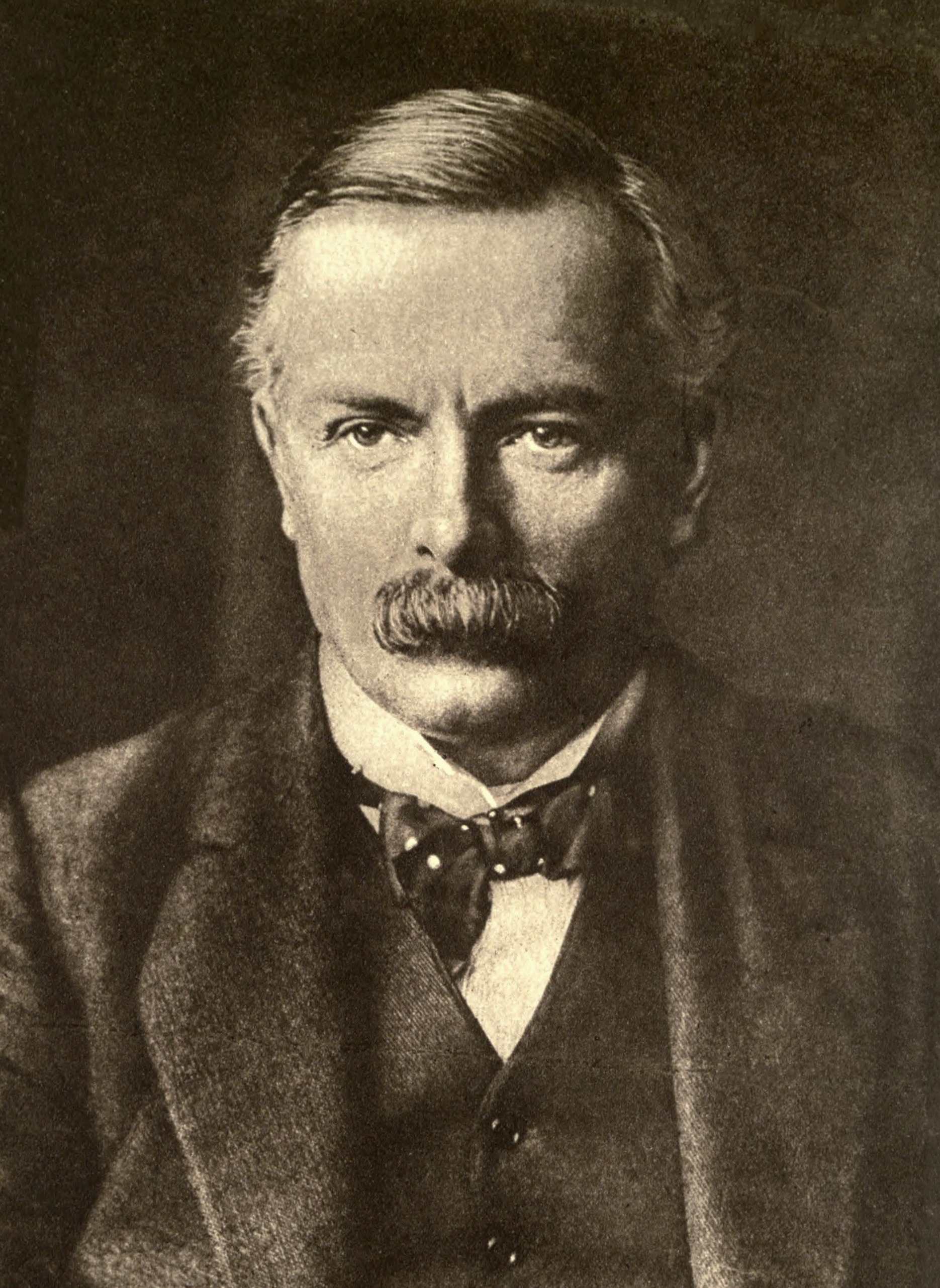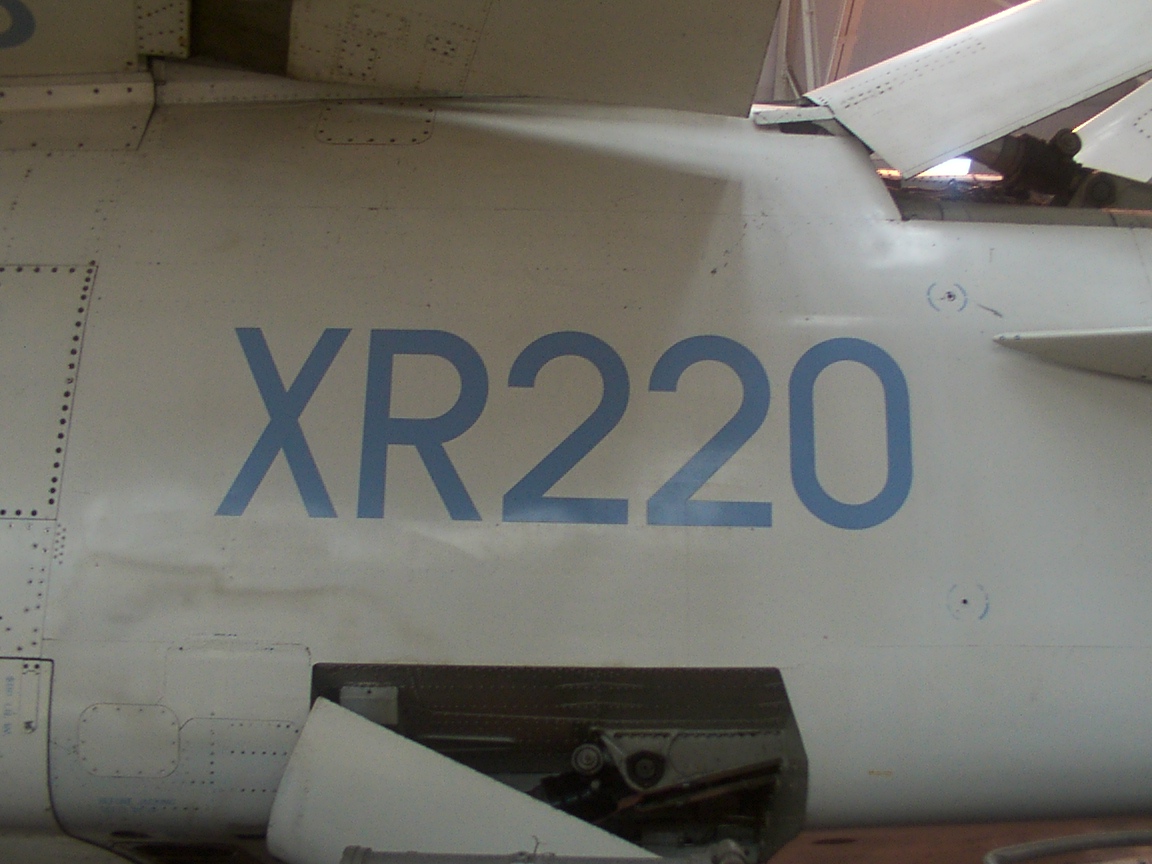|
Arthur Brown (aviator)
Lieutenant-Colonel Sir Arthur Whitten Brown, (23 July 1886 – 4 October 1948) was a British military officer and aviator who flew as navigator of the first successful non-stop transatlantic flight with pilot John Alcock in June 1919. Biography Arthur Whitten Brown was born in Glasgow to American parents; his father had been sent to Scotland to evaluate the feasibility of siting a Westinghouse factory on Clydeside. The factory was eventually sited in Trafford Park in Stretford, Manchester, and the family subsequently relocated there. Brown began his career in engineering before the outbreak of World War I and undertook an apprenticeship with British Westinghouse in Manchester. In 1914, he enlisted in the ranks of the University and Public Schools Brigade (UPS) for which he had to take out British citizenship. The ranks of the UPS were full of potential officers and Brown was one of those who sought a commission to become a Second Lieutenant in the 3rd (Special Reserve) ... [...More Info...] [...Related Items...] OR: [Wikipedia] [Google] [Baidu] |
Roy Brown (RAF Officer)
Arthur Roy Brown, (23 December 1893 – 9 March 1944) was a Canadian flying ace of the First World War, credited with ten aerial victories. The Royal Air Force officially credited Brown with shooting down Manfred von Richthofen, the "Red Baron", although it is now considered all but certain by historians, doctors, and ballistics experts that Richthofen was actually killed by a machine gunner firing from the ground.Franks & Bennett (1997) Early years Brown was born to upper-middle-class parents in Carleton Place, west of Ottawa. His family home still exists, located at 38 Mill Street, just down from the Town Hall. Another source, the Carleton Place and Beckwith Heritage Museum, refers to the family home as being on Judson Street, and says that this was his birthplace. That house also still exists. He was the middle of five children. He had two older sisters, Margaret and Bessie, and two younger brothers, Horace and Howard. His father had started business as a miller, but ... [...More Info...] [...Related Items...] OR: [Wikipedia] [Google] [Baidu] |
Daily Mail Aviation Prizes
Between 1906 and 1930, the ''Daily Mail'' newspaper, initially on the initiative of its proprietor, Alfred Harmsworth, 1st Viscount Northcliffe, awarded numerous prizes for achievements in aviation. The newspaper would stipulate the amount of a prize for the first aviators to perform a particular task in aviation or to the winner of an aviation race or event. The most famous prizes were the £1,000 for the first cross-channel flight awarded to Louis Blériot in 1909 and the £10,000 given in 1919 to Alcock and Brown for the first non-stop transatlantic flight between North America and Ireland. The prizes are credited with advancing the course of aviation during the early years, with the considerable sums offered becoming a much-coveted goal for the field's pioneers. Prizes In addition, four "consolation" prizes were awarded: See also * List of aviation awards * ''Daily Mail'' * Scott Collection, a collection of aerophilately Aerophilately is the branch of philatel ... [...More Info...] [...Related Items...] OR: [Wikipedia] [Google] [Baidu] |
Vickers Vimy
The Vickers Vimy was a British heavy bomber aircraft developed and manufactured by Vickers Limited. Developed during the latter stages of the First World War to equip the Royal Flying Corps (RFC), the Vimy was designed by Reginald Kirshaw "Rex" Pierson, Vickers' chief designer. Only a handful of Vickers Vimy aircraft had entered service by the time the Armistice of 11 November 1918 came into effect, so the type did not serve in active combat operations during the war, but the Vimy became the core of the Royal Air Force (RAF)'s heavy bomber force throughout the 1920s. The Vimy achieved success as both a military and a civil aircraft, the latter using the ''Vimy Commercial'' variant. A dedicated transport derivative of the Vimy, the Vickers Vernon, became the first troop-transport aircraft operated by the RAF. During the interwar period the Vimy set several records for long-distance flights, the most celebrated and significant of these being the first non-stop crossing of the A ... [...More Info...] [...Related Items...] OR: [Wikipedia] [Google] [Baidu] |
Connemara
Connemara (; )( ga, Conamara ) is a region on the Atlantic coast of western County Galway, in the west of Ireland. The area has a strong association with traditional Irish culture and contains much of the Connacht Irish-speaking Gaeltacht, which is a key part of the identity of the region and is the largest Gaeltacht in the country. Historically, Connemara was part of the territory of Iar Connacht (West Connacht). Geographically, it has many mountains (notably the Twelve Bens), peninsulas, coves, islands and small lakes. Connemara National Park is in the northwest. It is mostly rural and its largest settlement is Clifden. Etymology "Connemara" derives from the tribal name , which designated a branch of the , an early tribal grouping that had a number of branches located in different parts of . Since this particular branch of the lived by the sea, they became known as the (sea in Irish is , genitive , hence "of the sea"). Definition One common definition of the area is that ... [...More Info...] [...Related Items...] OR: [Wikipedia] [Google] [Baidu] |
Clifden
Clifden (, meaning "stepping stones") is a coastal town in County Galway, Ireland, in the region of Connemara, located on the Owenglin River where it flows into Clifden Bay. As the largest town in the region, it is often referred to as "the Capital of Connemara". Frequented by tourists, Clifden is linked to Galway city by the N59. History 19th century The town was founded at the start of the 19th century by John D'Arcy (1785–1839) who lived in Clifden Castle (built around 1818, now a ruin) west of Clifden. He had inherited the estate in 1804 when it was mostly inhabited by fishermen and farmers. The idea of establishing a town on the coast was first voiced by him in 1812. Bad communications and a lack of private capital prevented fast progress until the 1820s when the potato crop failed in 1821–22 and D'Arcy petitioned the government in Dublin for assistance. The engineer Alexander Nimmo was sent to the area in 1822. He constructed a quay at Clifden (finished in 1831) an ... [...More Info...] [...Related Items...] OR: [Wikipedia] [Google] [Baidu] |
Arthur Whitten Brown And John Alcock In 1919
Arthur is a common male given name of Brythonic origin. Its popularity derives from it being the name of the legendary hero King Arthur. The etymology is disputed. It may derive from the Celtic ''Artos'' meaning “Bear”. Another theory, more widely believed, is that the name is derived from the Roman clan '' Artorius'' who lived in Roman Britain for centuries. A common spelling variant used in many Slavic, Romance, and Germanic languages is Artur. In Spanish and Italian it is Arturo. Etymology The earliest datable attestation of the name Arthur is in the early 9th century Welsh-Latin text ''Historia Brittonum'', where it refers to a circa 5th to 6th-century Briton general who fought against the invading Saxons, and who later gave rise to the famous King Arthur of medieval legend and literature. A possible earlier mention of the same man is to be found in the epic Welsh poem ''Y Gododdin'' by Aneirin, which some scholars assign to the late 6th century, though this is still a ... [...More Info...] [...Related Items...] OR: [Wikipedia] [Google] [Baidu] |
John Alcock (aviator)
Captain Sir John William Alcock (5 November 189218 December 1919) was a British Royal Navy and later Royal Air Force officer who, with navigator Lieutenant Arthur Whitten Brown, piloted the first non-stop transatlantic flight from St. John's, Newfoundland to Clifden, Ireland in June 1919. He died in a flying accident in France in December later that same year. Early life John Alcock was born on 5 November 1892, perhaps in the coach-house adjoining Basford House on Seymour Grove, Firswood, Manchester, England. He attended Heyhouses School in Lytham St. Annes. He first became interested in flying at the age of 17. His first job was at the Empress Motor Works in Manchester. In 1910 he became an assistant to Works Manager Charles Fletcher, an early Manchester aviator and Norman Crossland, a motor engineer and founder of Manchester Aero Club. It was during this period that Alcock met the Frenchman Maurice Ducrocq who was both a demonstration pilot and UK sales representative for ... [...More Info...] [...Related Items...] OR: [Wikipedia] [Google] [Baidu] |
Transatlantic Flight
A transatlantic flight is the flight of an aircraft across the Atlantic Ocean from Europe, Africa, South Asia, or the Middle East to North America, Central America, or South America, or ''vice versa''. Such flights have been made by fixed-wing aircraft, airships, balloons and other aircraft. Early aircraft engines did not have the reliability nor the power to lift the required fuel to make a transatlantic flight. There were difficulties navigating over the featureless expanse of water for thousands of miles, and the weather, especially in the North Atlantic, is unpredictable. Since the middle of the 20th century, however, transatlantic flight has become routine, for commercial, military, diplomatic, and other purposes. History The idea of transatlantic flight came about with the advent of the hot air balloon. The balloons of the period were inflated with coal gas, a moderate lifting medium compared to hydrogen or helium, but with enough lift to use the winds that would later ... [...More Info...] [...Related Items...] OR: [Wikipedia] [Google] [Baidu] |
Vickers
Vickers was a British engineering company that existed from 1828 until 1999. It was formed in Sheffield as a steel foundry by Edward Vickers and his father-in-law, and soon became famous for casting church bells. The company went public in 1867, acquired more businesses, and began branching out into military hardware and shipbuilding. In 1911, the company expanded into aircraft manufacture and opened a flying school. They expanded even further into electrical and railway manufacturing, and in 1928 acquired an interest in the Supermarine. Beginning in the 1960s, various parts of the company were nationalised, and in 1999 the rest of the company was acquired by Rolls-Royce plc, who sold the defence arm to Alvis plc. The Vickers name lived on in Alvis Vickers, until the latter was acquired by BAE Systems in 2004 to form BAE Systems Land Systems. History Early history Vickers was formed in Sheffield as a steel foundry by Edward Vickers and his father-in-law George Naylo ... [...More Info...] [...Related Items...] OR: [Wikipedia] [Google] [Baidu] |
Ministry Of Munitions
The Minister of Munitions was a British government position created during the First World War to oversee and co-ordinate the production and distribution of munitions for the war effort. The position was created in response to the Shell Crisis of 1915 when there was much newspaper criticism of the shortage of artillery shells and fear of sabotage. The Ministry was created by the Munitions of War Act 1915 passed on 2 July 1915 to safeguard the supply of artillery munitions. Under the very vigorous leadership of Liberal party politician David Lloyd George, the Ministry in its first year set up a system that dealt with labour disputes and fully mobilized Britain's capacity for a massive increase in the production of munitions. The government policy, according to historian J. A. R. Marriott, was that: : No private interest was to be permitted to obstruct the service, or imperil the safety, of the State. Trade Union regulations must be suspended; employers' profits must be limited ... [...More Info...] [...Related Items...] OR: [Wikipedia] [Google] [Baidu] |
United Kingdom Military Aircraft Serials
United Kingdom military aircraft serial numbers are aircraft registration numbers used to identify individual military aircraft in the United Kingdom (UK). All UK military aircraft are allocated and display a unique registration number. A unified registration number system, maintained initially by the Air Ministry (AM), and its successor the Ministry of Defence (MoD), is used for aircraft operated by the Royal Air Force (RAF), Fleet Air Arm (FAA), and Army Air Corps (AAC). Military aircraft operated by government agencies and civilian contractors (for example QinetiQ) are also assigned registration numbers from this system. When the Royal Flying Corps (RFC) was formed in 1912, its aircraft were identified by a letter/number system related to the manufacturer. The prefix 'A' was allocated to balloons of No.1 Company, Air Battalion, Royal Engineers, the prefix 'B' to aeroplanes of No.2 Company, and the prefix 'F' to aeroplanes of the Central Flying School.Bruce 1956, p.9 ... [...More Info...] [...Related Items...] OR: [Wikipedia] [Google] [Baidu] |






.jpg)



